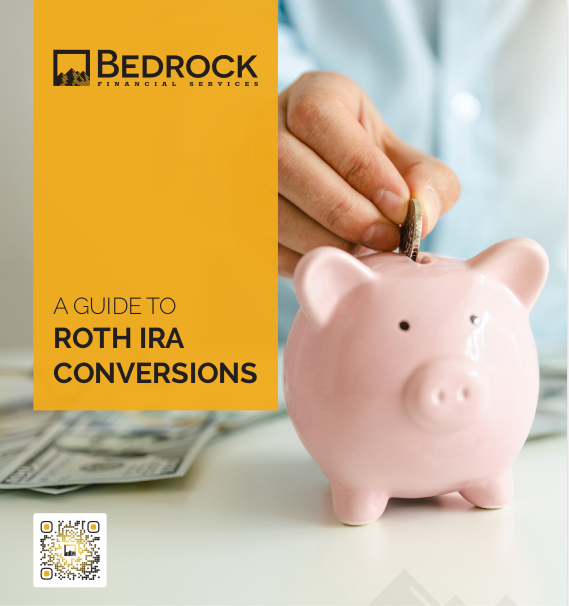Key Takeaways
-
Not all clients are worth retaining. Some may be draining your time, energy, and profit margin without adding long-term value.
-
You can build a healthier, more profitable book of business by refining your retention strategy to prioritize alignment over accommodation.
What Client Retention Really Means in 2025
You’ve likely been told that retaining clients is the holy grail of success. And in many ways, it is. But what happens when you’re holding on to clients who cost more than they’re worth?
In 2025, client retention is no longer just about how many stay—it’s about who stays. Quality trumps quantity. It’s not enough to reduce churn. You need to filter your book.
The strongest agents are shifting from retaining every client to retaining the right clients: those who trust your expertise, renew on time, respect your process, and bring consistent value. This shift isn’t about exclusion—it’s about alignment.
Signs You’re Retaining the Wrong Clients
Some relationships might feel productive on the surface but undermine your business long-term. If any of these are familiar, it’s time to reassess:
1. They Only Contact You When There’s a Problem
This reactive behavior usually signals low engagement. Clients who never respond to check-ins, ignore renewal updates, and only call in a panic aren’t building a relationship—they’re draining it.
2. They Constantly Haggle or Compare
If a client is always negotiating your commission, challenging your recommendations, or comparing you to online quote generators, they’re treating you like a commodity, not a trusted advisor.
3. They Never Refer Others
Even satisfied clients may not actively refer, but when there’s zero advocacy, it’s worth asking why. Are they only staying because switching feels like a hassle?
4. They Avoid Digital Tools or Processes
In 2025, automation, digital forms, and e-signatures are standard. Clients who resist all forms of technology often cause delays and extra labor that add up over time.
5. They Demand Personal Exceptions
These clients expect you to rewrite policy documents at 9 p.m., explain basics you’ve already covered, or offer services you don’t advertise. This breaks boundaries and breeds burnout.
The Hidden Cost of Retaining Misaligned Clients
Keeping the wrong clients doesn’t just sap your energy—it undermines your revenue. Here’s how:
-
Time Theft: You spend twice as long on service and admin work for a client who never follows your systems.
-
Emotional Drain: You second-guess your skills when dealing with distrustful or combative clients.
-
Lost Opportunity: You miss out on ideal prospects because your calendar is full of unproductive meetings.
-
Brand Reputation: Frustrating clients often leave lukewarm reviews or badmouth you to others, even if you tried to accommodate them.
Over time, these costs limit your ability to grow. The fix? Be more selective about who stays in your ecosystem.
Redefine Your Ideal Client Profile (ICP)
The best way to avoid retaining the wrong clients is to attract and hold on to the right ones. That starts with redefining your Ideal Client Profile (ICP) for 2025. Ask yourself:
-
Do they value expert guidance?
-
Are they comfortable using digital tools and automation?
-
Do they refer others and speak positively about your service?
-
Are they responsive and proactive with paperwork and renewals?
This profile should guide every retention decision, especially during renewal periods.
Build a Segmentation Strategy
Not all clients should receive the same level of attention. Segment your book into three levels:
Tier A: High-Alignment Clients
-
Easy communication
-
High retention and referrals
-
Trust your advice without micromanaging
Tier B: Neutral Clients
-
No major issues but not highly engaged
-
May need nurturing or better onboarding
Tier C: Misaligned Clients
-
Frequently uncooperative or unprofitable
-
Unwilling to adapt to modern systems
-
Little interest in collaboration
You don’t have to fire Tier C clients on the spot—but you should stop prioritizing them. Focus your follow-up, marketing, and VIP service on Tier A.
Use Renewal Periods to Recalibrate
Renewals are your biggest opportunity to clean house.
-
Three Months Before: Start prepping communication with clients based on their segment. High-alignment clients should get personalized renewal options and early access. Tier C? Standard communication only.
-
One Month Before: Send firm renewal instructions. If Tier C clients are late to respond or push back unnecessarily, take that as a red flag.
-
One Week Before Deadline: If they’re still unresponsive or combative, consider whether you want to renew them at all. In some cases, it’s okay to recommend another agency.
Every year is a chance to upgrade the quality of your book. Don’t miss it.
Train Your Team to Spot Red Flags Early
If you work with assistants or staff, ensure they know what alignment looks like. Train them to:
-
Flag difficult behavior in CRM notes
-
Escalate clients who refuse digital forms
-
Identify service requests that break standard workflows
You can’t change what you tolerate. Having your team on the same page helps enforce healthy boundaries and service expectations.
Automate the Right Touchpoints
Retention doesn’t mean overextending yourself. Use automation tools to:
-
Send birthday messages, policy check-ins, and annual reviews
-
Alert clients of renewal deadlines
-
Offer feedback surveys post-service
These keep you top-of-mind for aligned clients without sacrificing bandwidth.
But don’t automate everything. Tier A clients should get personal messages or video calls during renewals. Automation is the baseline, not the full strategy.
Shift Your Messaging from Reactive to Proactive
A big reason you retain the wrong clients is because your messaging accommodates rather than filters. Rewrite your outreach strategy with clarity:
-
Emails: Set expectations clearly. Highlight what you do and what you don’t.
-
Website Copy: Position yourself as a partner, not a price-matcher. Explain who you work best with.
-
Post-Sale Follow-Ups: Use a 30-day onboarding check-in to establish tone. Reinforce your systems.
In 2025, the clients you attract are the ones your messaging is built to keep. Write for alignment, not volume.
Get Comfortable Letting Go
The hardest part of refining your retention strategy is letting go of clients who no longer fit.
If a client is consistently late, rude, or draining to serve—release them. You’re not their only option, and they’re not your only path to revenue.
Set a firm rule: if someone breaks your business boundaries three times in one year, they’re flagged for phase-out. That’s not ruthlessness—it’s responsible business planning.
You’ll never regret making space for better clients. You will regret staying stuck with the wrong ones.
What Happens When You Focus on the Right Clients
When you filter your retention strategy, everything changes:
-
You regain time and clarity.
-
You grow more through referrals than cold leads.
-
You feel energized after meetings, not drained.
-
You scale with less friction and more confidence.
Retention becomes a tool for growth, not a chore to survive.
Let 2025 be the year you shift from keeping everyone to keeping the right ones.
Align Your Book With Your Goals
You don’t need to settle for a book of business that feels misaligned or unsustainable. You can shift. You can filter. You can rebuild your client base around energy, value, and fit.
At Bedrock Financial Services, we help professionals like you streamline your systems, automate the right touchpoints, and build the kind of brand that attracts—and keeps—the right clients. Our support tools are designed to grow with your vision, not weigh it down.
Sign up today to see how we can help you elevate your retention strategy with ease and clarity.







